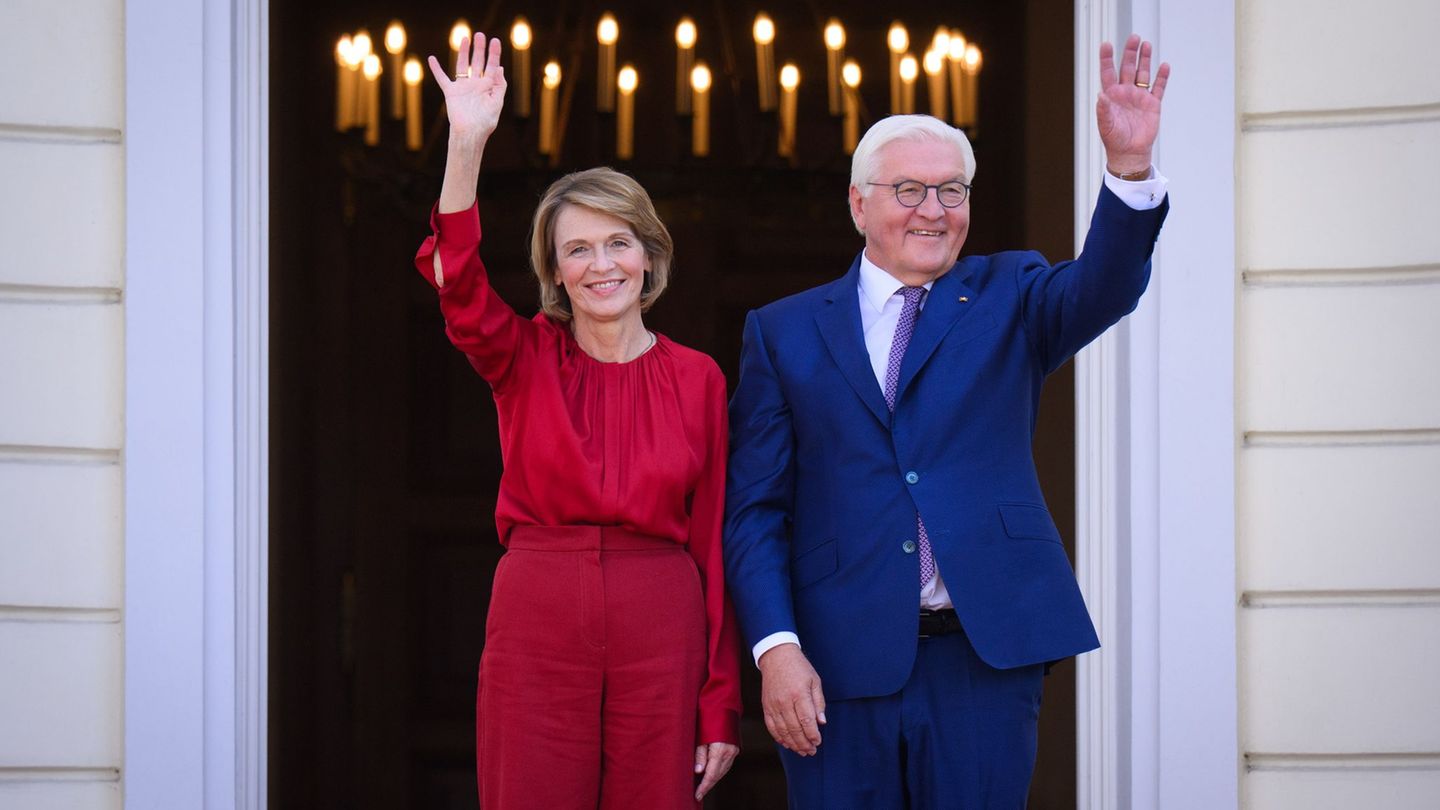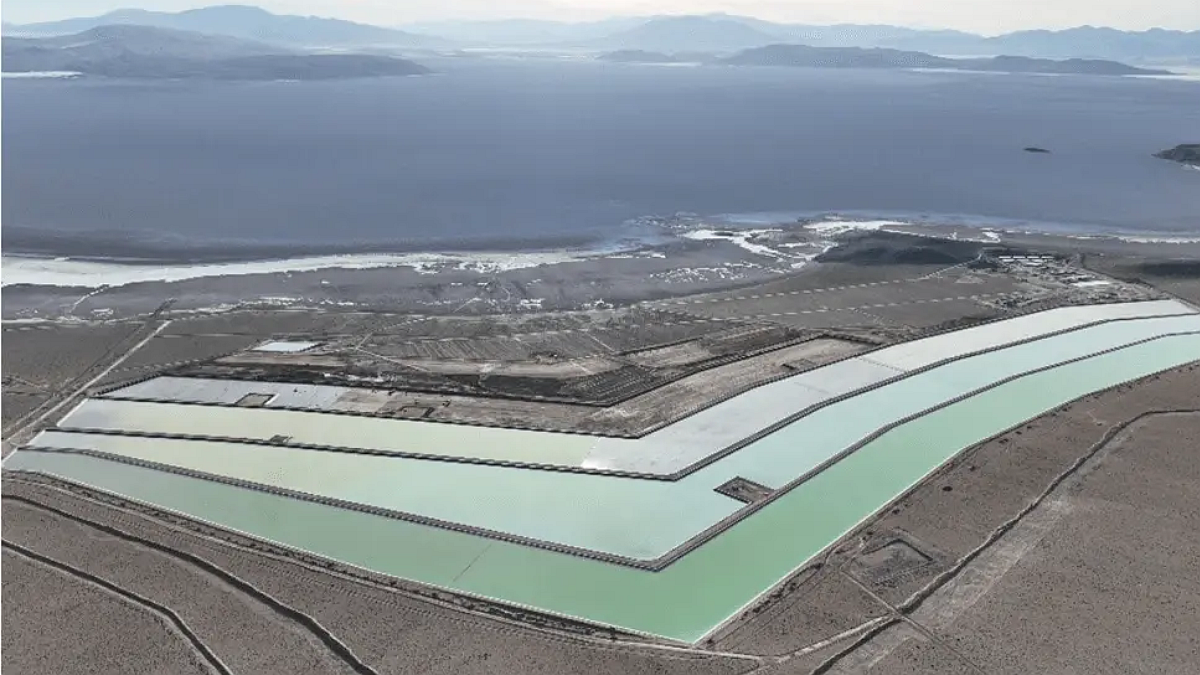Storms, droughts, heat waves: The consequences of the climate crisis affect millions. To stop them, almost 200 countries are now meeting at the World Climate Conference. The COP27 is not only burdened by the Ukraine war.
Around 30,000 participants, almost 200 countries – the meeting in the Egyptian seaside resort of Sharm el Sheikh is gigantic. The tasks of the two-week world climate conference, which begins this Sunday, are also: It is about nothing less than a question of survival for millions of people.
But a courageous, joint effort by the international community is illusory. The meeting is overshadowed by the Russian war of aggression in Ukraine, which has sowed a lot of distrust around the world. Many diplomats fear that this could thwart groundbreaking agreements.
What is the World Climate Conference?
The World Climate Conference meets annually, always in a different country. At the invitation of the United Nations, around 200 countries are debating for two weeks how global warming can be contained to a tolerable level.
COP stands for “Conference of the Parties”, i.e. the conference of the parties – meaning those states that have signed the so-called Framework Convention on Climate Change. This year they meet in Egypt for the 27th time – hence COP27. Around 30,000 people are expected to travel – not only government representatives, but also hundreds of journalists and umpteen representatives of climate protection organizations.
Why are there world climate conferences at all?
Science has been warning politicians for decades: Too many greenhouse gases in the air, i.e. above all carbon dioxide (CO2) and methane, ensure that the earth continues to heat up and could become partly uninhabitable. Depending on the region, there are also more frequent storms, droughts and floods – with many millions of victims.
The first world climate conferences therefore took place in the late 1970s and 1980s. The first “COP” under the umbrella of the Framework Convention on Climate Change took place in Berlin in 1995. The German negotiator at the time was Angela Merkel, as Environment Minister under Chancellor Helmut Kohl (CDU). More than 27 years ago, the summit set itself the goal of laying down by when and to what extent emissions of climate-damaging greenhouse gases should be reduced worldwide.
What is this climate conference about – and why is it important?
Above all, the conference creates transparency. Because it reveals with sad regularity that many countries are already doing business more sustainably, but overall they are far from doing enough to protect the climate. Therefore, from the point of view of all experts, the goal jointly set in 2015 of limiting global warming to 1.5 degrees compared to pre-industrial times is still a long way off – we are already at 1.1 degrees. Falling below the 1.5 degree mark reduces the risk of triggering “tipping elements” in the air conditioning system and uncontrollable chain reactions.
But: Contrary to what was promised at the COP26 in Glasgow in 2021, most governments have not sufficiently tightened their national climate protection plans this year – i.e. above all they have delayed the phase-out of coal, oil and gas and neglected the climate-friendly conversion of transport and agriculture. China, among others, is in a bad position, the country with the highest amount of CO2 emissions in terms of quantity: In its climate protection plan submitted to the UN in 2021, the People’s Republic only promises that China’s emissions should only increase until 2030. In addition, the giant empire does not want to become carbon dioxide-neutral until 2060 – ten years later than most industrialized nations.
According to analyzes by the think tank “Climate Action Tracker”, even if all available climate plans of the states are implemented, the world is heading for warming of well over two degrees – with CO2 emissions continuing to rise for the time being. According to the Intergovernmental Panel on Climate Change (IPCC), in order to achieve the 1.5-degree target, global emissions should actually have peaked by 2025 – and then quickly be reduced by 43 percent by 2030 compared to 2019. At the latest at the start of the conference, much more ambitious commitments would be due – but hardly anyone expects them in view of the current energy crisis, in which many countries are increasingly relying on climate-damaging coal and subsidizing fuel and gas consumption with billions.
When would COP27 be successful?
At the end there is a kind of final declaration. It should actually explain in a comprehensible way how the international community intends to get on the 1.5-degree path. But in view of the newly opened rifts between NATO and Russia (because of the Ukraine war) or China and the USA (because of Beijing’s claims on Taiwan), it is even conceivable that not even a final paper will be decided. Federal Foreign Minister Annalena Baerbock (Greens) said soberly these days that it is not automatically clear in these times that there is a final document. When asked which minimum goal the federal government was pursuing at the UN conference, the Greens politician said: “That it will take place. You never know in this world situation.”
Another issue the Egyptian hosts are seeking decisions on is money. Specifically, it is about financial aid for climate protection in poorer countries. Years ago, the rich countries and development banks promised to mobilize 100 billion US dollars annually from 2020 to 2025. This sum, mostly loans, will probably only be reached in 2023 – and follow-up financing with higher sums expected from the developing countries is still pending. This is causing frustration in a number of developing countries – and is already considered a burden for the meeting in Sharm el Sheikh. The host, Egypt’s Foreign Minister Samih Schukri, put it this way in the dpa interview: “There is a lack of trust.”
Source: Stern
David William is a talented author who has made a name for himself in the world of writing. He is a professional author who writes on a wide range of topics, from general interest to opinion news. David is currently working as a writer at 24 hours worlds where he brings his unique perspective and in-depth research to his articles, making them both informative and engaging.




